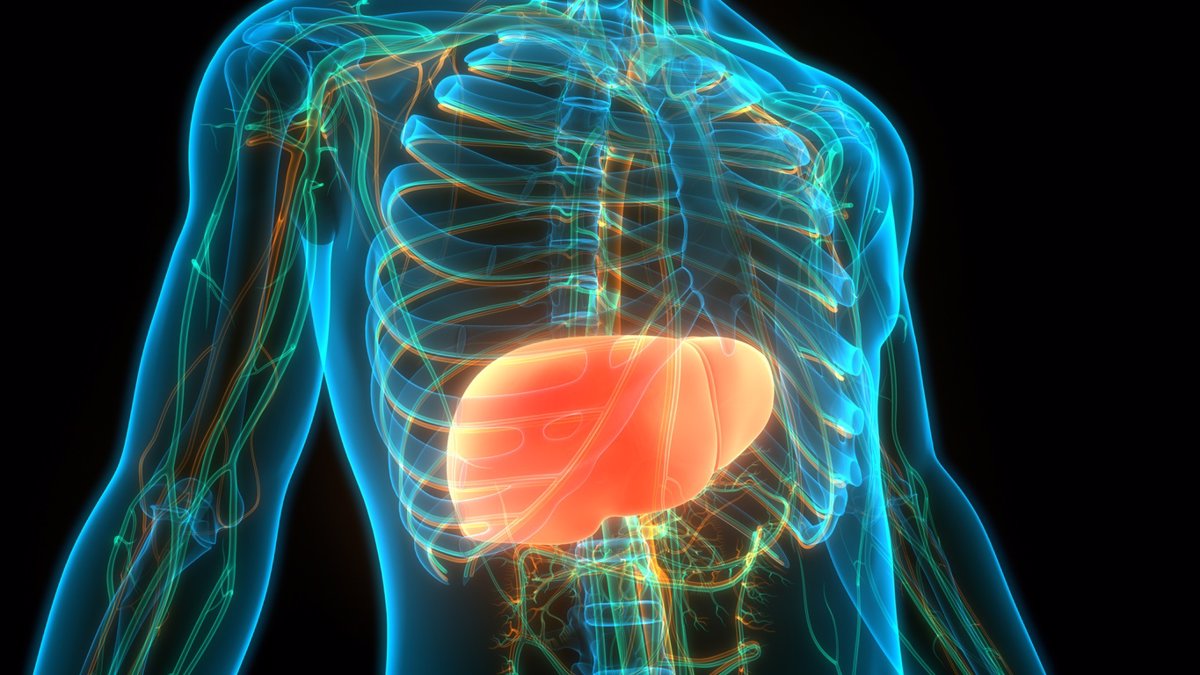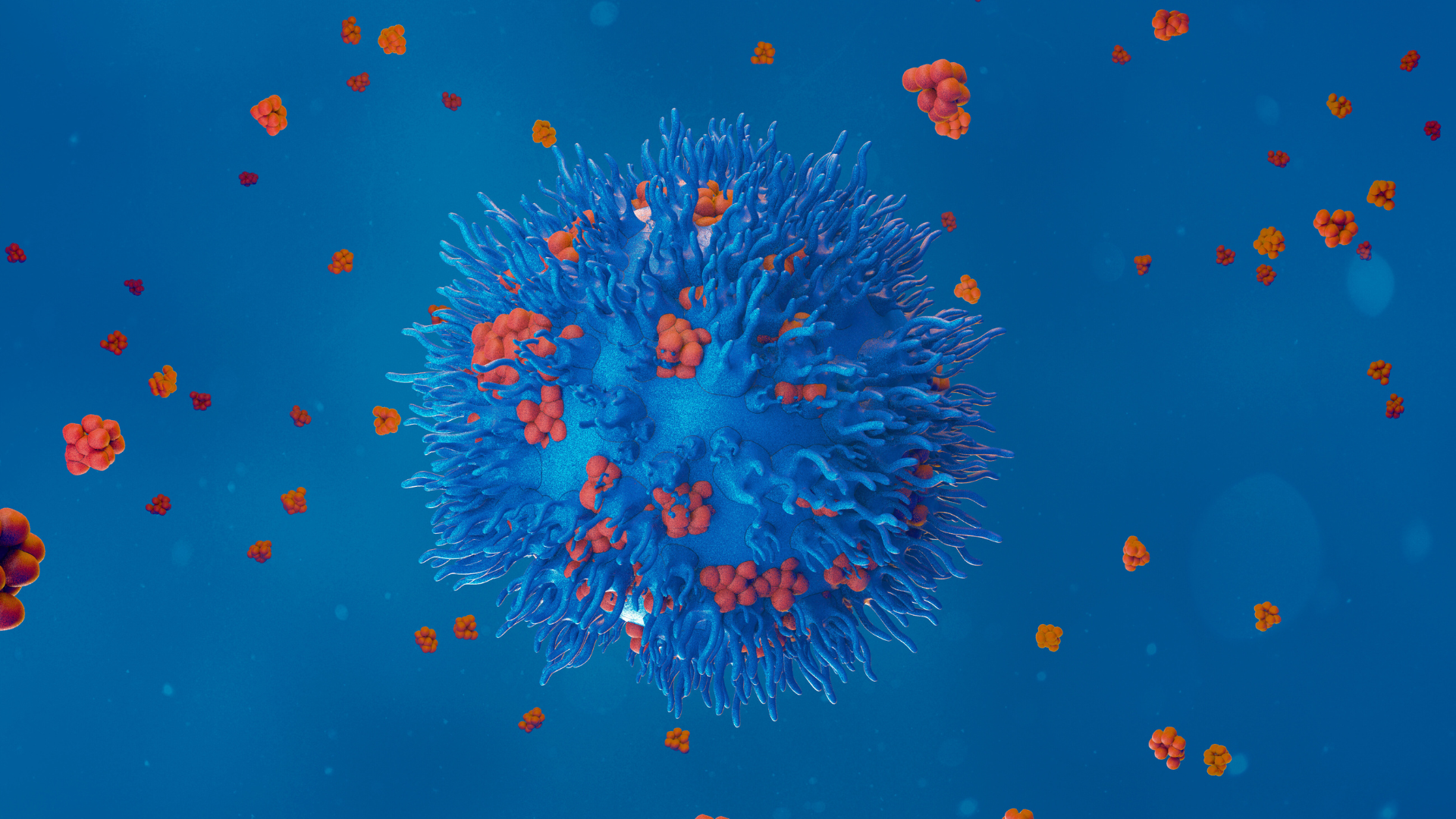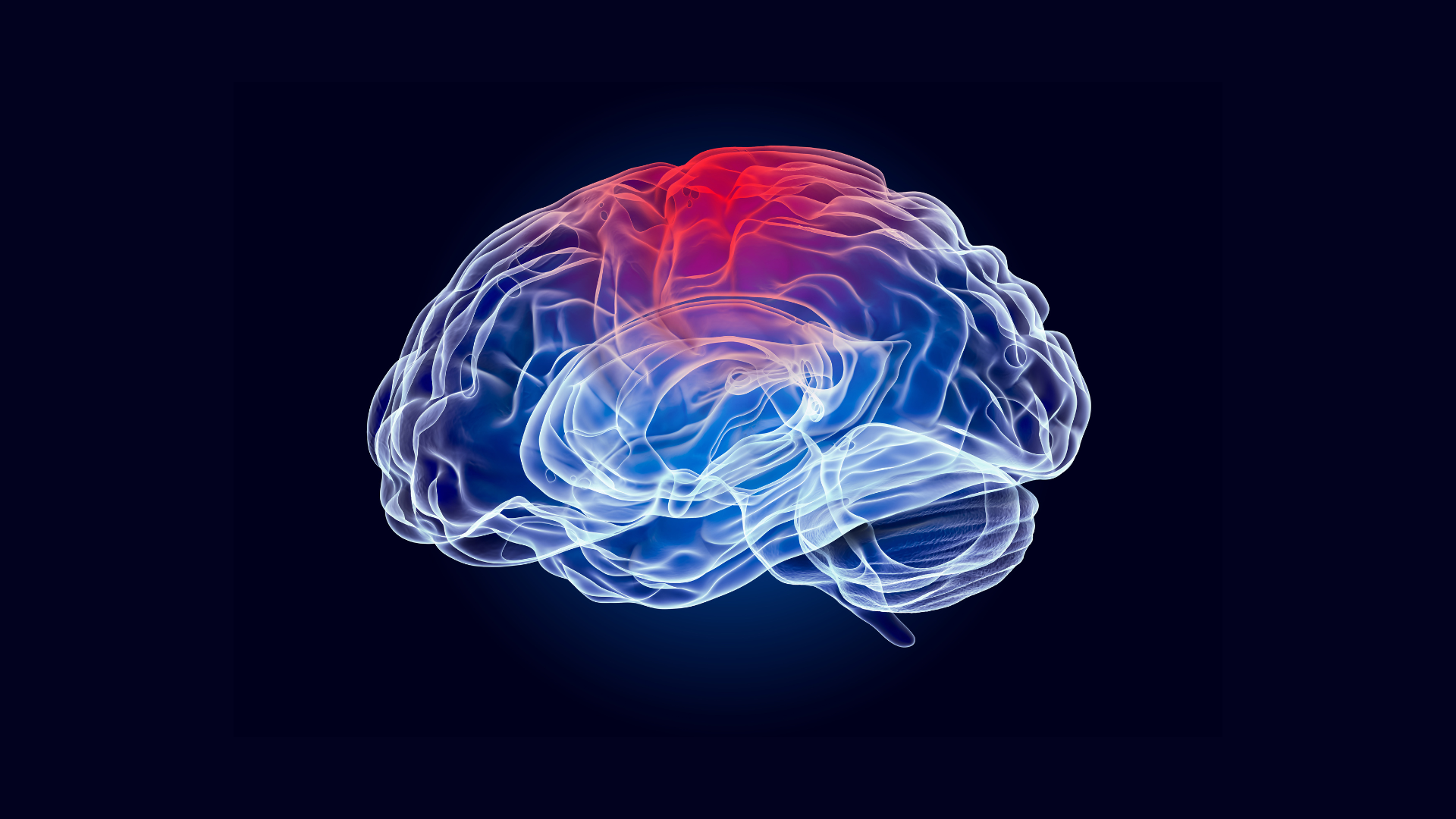The work is led by José Juan García Marín (USAL-IBSAL) and José C. Fernández-Checa (IIBB-CSIC-IDIBAPS-), both from the Hepatic and Digestive Diseases area of the CIBER (CIBEREHD).
Hepatology’ reports the research whose first authors are the scientists Laura Conde de la Rosa and Laura Fábrega.
Cholestatic liver diseases (CLD) are often accompanied by hepatocellular damage, fibrosis and cirrhosis due to intracellular accumulation of solutes that cannot be excreted in bile, including bile acids (BA), which when accumulated in the liver induce liver failure by poorly understood mechanisms.
Therapeutic treatments are available for EHC, but are limited, as biochemical response to first-line treatment with ursodeoxycholic acid is associated with major complications in approximately 40% of patients with primary biliary cholangitis (PBC), a rare form of immune-mediated EHC.
Now, a new study recently published in the renowned scientific journal Hepatology shows a crucial role of the Stard1 protein in cholestatic liver diseases. This is a collaborative work developed between the group led by José C. Fernández-Checa (IIBB-CSIC-IDIBAPS-) and José Juan García Marín, director of the HEVEPHARM research group (USAL-IBSAL), both from the Hepatic and Digestive Diseases area of CIBER (Centro Nacional de Investigación Biomédica en Red para el Estudio de Enfermedades Hepáticas y Digestivas, CIBEREHD), with the scientists Laura Conde de la Rosa and Laura Fábrega as first authors.
Using samples from PBC patients and experimental models of complete obstructive (bile duct ligation model, BDL) and chemically induced (DCC feeding) obstructive cholestasis, the study demonstrates a crucial role of Stard1 in hepatocellular injury, inflammation and fibrosis, which in turn leads to the progression of HCD. PBC patients show increased expression of hepatic levels of Stard1, and genetic deletion of Stard1 in mouse hepatocytes protects against bile duct ligation (BDL)-induced cholestatic liver injury and disease progression.
The synthesis of bile acids (BAs) in the adult liver is mainly carried out through what is known as the classical pathway. In this pathway, a key component is the CYP7A1 protein, whose activity increases after weaning, this being the step that regulates the production of BAs.
On the other hand, there is also an alternative pathway for producing these bile acids, which occurs in the mitochondria. Unlike the classical pathway, this alternative is controlled by the amount of cholesterol available in the inner membrane of the mitochondria, whose regulation depends on the Stard1 protein.
Key effects
When the Stard1 protein is activated in chronic liver disease (CLD), two key effects occur. First, the production of bile acids (BAs) is increased via an alternative pathway. Second, glutathione (GSH) is depleted in mitochondria due to cholesterol accumulation, causing cell membranes to lose flexibility. This membrane change makes liver cells more vulnerable to toxicity and inflammation caused by bile acids.
In this regard, the research team refers that, “the in vivo findings with bile duct blockade (BDL) were reproduced in vitro in primary mouse hepatocytes cultured with pharmacological depletion of mitochondrial GSH, which unmasked their sensitivity to BA-induced cytotoxicity and inflammation, as well as DNA damage revealed by comet tail length.” Thus, “our findings identify a previously unrecognized role for Stard1 in cholestasis and suggest that targeting Stard1 may be a novel approach for EHC,” they conclude.
HEVEPHARM, Group of Excellence of Castilla y León
The Laboratory of Experimental Hepatology and Drug Vectorization (HEVEPHARM) is a multidisciplinary team led by Professor José Juan García Marín of the University of Salamanca and is composed of members of the Departments of Physiology and Pharmacology and Biochemistry and Molecular Biology of the University of Salamanca and the University Hospital of Salamanca.
The group is attached to the Instituto de Investigación Biomédica de Salamanca (IBSAL) and belongs to the Centro Nacional de Investigación Biomédica en Red para el Estudio de Enfermedades Hepáticas y Digestivas (CIBEREHD) of the Instituto de Salud Carlos III.
Several of its members are members of the Spanish (AEEH) and European (EASL) Associations for the Study of the Liver, the Spanish Society of Biochemistry and Molecular Biology (SEBBM), the Spanish (SECF), British (PS) and American (APS) Societies of Physiology, the American Society for Pharmacology and Experimental Therapeutics (ASPET) and the Federation of American Societies for Experimental Biology (FASEB).
During the last 15 years the research group, recognized as a Group of Excellence of Castilla y León, has been dedicated to the study of issues related to the biochemistry, physiology, physiopathology and pharmacology of the liver.
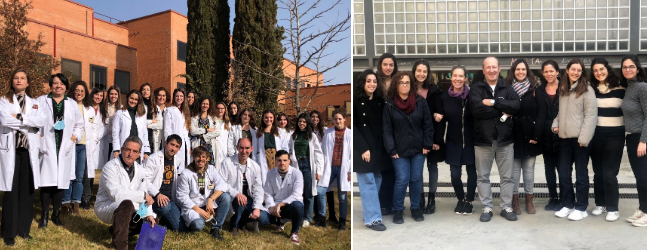
José Juan García Marín (bottom left) with his HEVEPHARM team (USAL-IBSAL) and José C. Fernández-Checa leading his group (IIB-CSIC-IDIBAPS).
Article reference:
Conde de la Rosa L, Fábrega L, Torres S, Nuñez S, Ribas V, Segalés P, Espinosa-Escudero R, Solsona E, Monte MJ, Diaz-Gonzalez A, Marin JJG, García-Ruiz C, Fernandez-Checa JC. Stard1 promotes cholestatic liver injury and disease progression by sensitizing to bile acid hepatotoxicity. HEPATOLOGY 2024 Dec 9. doi: 10.1097/HEP.0000000000001184.
More information and contact:
jjgmarin@usal.es
